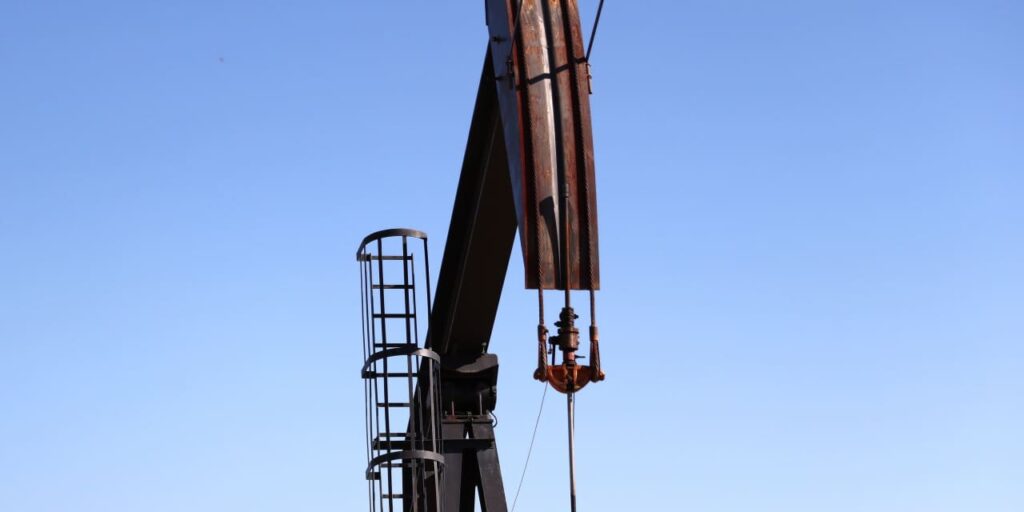Oil futures bounced higher Thursday, finding support as traders monitored rising tensions and shipping threats in the Middle East a day after slumping amid a large increase in U.S. crude and fuel inventories.
Price moves
-
West Texas Intermediate crude
CL00,
+1.92%
for February delivery
CL.1,
+1.92%CLG24,
+1.92%
rose $1.20, or 1.7%, to $72.57 a barrel on the New York Mercantile Exchange. -
March Brent crude
BRN00,
+1.81%BRNH24,
+1.81%,
the global benchmark, was up $1.23, or 1.6%, at $78.03 a barrel on ICE Futures Europe.
Market drivers
Iran-backed Houthi rebels operating out of Yemen earlier this week launched their heaviest barrage yet of missiles and drones aimed at Red Sea shipping.
The attacks, launched in the wake of the start of the Israel-Hamas war in October, have targeted ships in the Red Sea, which links the Mideast and Asia to Europe via the Suez Canal, and its narrow Bab el-Mandeb Strait. That strait is only 18 miles wide at its narrowest point, limiting traffic to two channels for inbound and outbound shipments, according to the U.S. Energy Information Administration. Nearly 10% of all oil traded at sea passes through it. An estimated $1 trillion in goods pass through the strait annually.
Related: Oil tanker in Gulf of Oman boarded and seized by men in military uniforms
The U.S. military said the drones and missiles were downed without causing damage, but the persistent attacks have forced shippers to avoid the waterway. The U.S., meanwhile, is weighing strikes against land-based Houthi targets in Yemen in response to the attacks, The Wall Street Journal has reported.
Houthi rebels in 2019 made significant attacks on energy assets in the United Arab Emirates and Saudi Arabia, both of which were also targeted by Houthi rocket and missile strikes, after the U.S. ended exemptions for importers of Iranian crude and imposed maximum-pressure sanctions, noted Helima Croft, head of global commodity strategy at RBC Capital Markets.
“We could envision a scenario where the Houthis would revive such tactics if the U.S. and its allies directly target their bases in Yemen in response to the escalating maritime confrontations. Red Sea economic infrastructure, including the Jizan and Jeddah refineries, could be at particular risk,” she wrote.
Moreover, if Iran is drawn more directly into the conflict, it could again target tankers in the Strait of Hormuz and sabotage regional energy facilities in order to internationalize the cost of the war, Croft said.
Commodities Corner: What record crude production says about the long road to U.S. oil independence
—Associated Press contributed to this article.
Read the full article here

